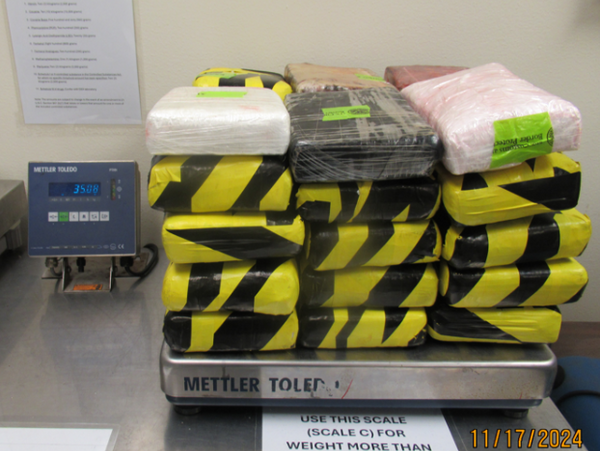
Corridor care in the NHS is now a year-round crisis, experts have warned, as analysis showed nearly 3 million patients attended A&E over the first two months of the summer.
The latest NHS figures in England, analysed by the Liberal Democrats, show that since 2015 the number of people going to A&E in June and July has increased 15% to 2.9 million – the highest level recorded over the past decade.
Whereas 12-hour trolley waits were almost nonexistent a decade ago, with just 47 recorded throughout June and July in 2015, in June 2025 38,683 patients, 7.2% of all those attending A&E, had to wait 12 hours or more to be admitted. In all, 74,150 patients – 1,216 a day – waited at least 12 hours during June and July this year.
Some hospitals reported even higher proportions of patients facing long waits. More than a quarter of patients at five NHS trusts had to wait at least 12 hours to be admitted during June and July.
They include Epsom and St Helier, where nearly half of trolley waits (42% in June and 45% in July) took 12 hours or more, and Warrington and Halton (48% in June and 30% in July).
Helen Morgan, the Lib Dem health and social care spokesperson, said the figures showed the NHS was entering a state of “permacrisis”.
“What was once a winter crisis has become a year-round disaster, with the health service buckling under pressure all year round,” she said.
“Every day people are put at risk by long, deadly waits with families watching helplessly as loved ones are left in agony on trolleys in A&E corridors.”
The Lib Dems have called for a “winter emergency package” of measures to protect patients and take pressure off A&Es, including increasing vaccine uptake for illnesses such as flu, expanding access to pharmacies and a recruitment drive to increase the number of out-of-hours GPs. “Without this, the pressure on our A&Es will continue to mount and patients’ safety will be put at risk,” Morgan said.
Dr Adrian Boyle, the president of the Royal College of Emergency Medicine, said the figures highlighted that there was no such thing as a summer respite in the NHS any more.
He said: “If this is the level of demand we are experiencing now, what will winter look like, when we have an annual spike in seasonal illness which heaps further demand on the system?”
Boyle said the government’s winter preparedness plan must commit to increasing the number of ward beds available and focus on supporting people to leave hospital when they are well enough to do so.
“Only then will we have any hope of ending the shameful scenes of very poorly, often vulnerable, people stranded on trolleys in corridors for long and dangerous periods of time. Scenes which are now sadly commonplace in our EDs whatever the time of year,” he said.
Patricia Marquis, the executive director for England at the Royal College of Nursing, said: “An explosion in 12-hour waits is the clearest indicator that corridor care is now a year-round crisis. There has been no respite for understaffed nursing teams during a record summer and they will now be worried about what the coming winter has in store.
“Ministers need to act with urgency before the cold weather arrives and stop patients being placed in corridors, cupboards, waiting rooms and any space hospitals can spare. It is utterly undignified and will never be a safe standard of care.”
A Department of Health and Social Care spokesperson said: “We inherited an emergency care system on its knees, but under this government A&E waits continue to improve despite an overall increase in demand, ensuring patients are being seen sooner.
“We have invested nearly £450m to expand urgent and emergency care facilities – delivering more same-day emergency care services, more mental health crisis centres and around 500 new ambulances – so patients get better, faster emergency care.”







